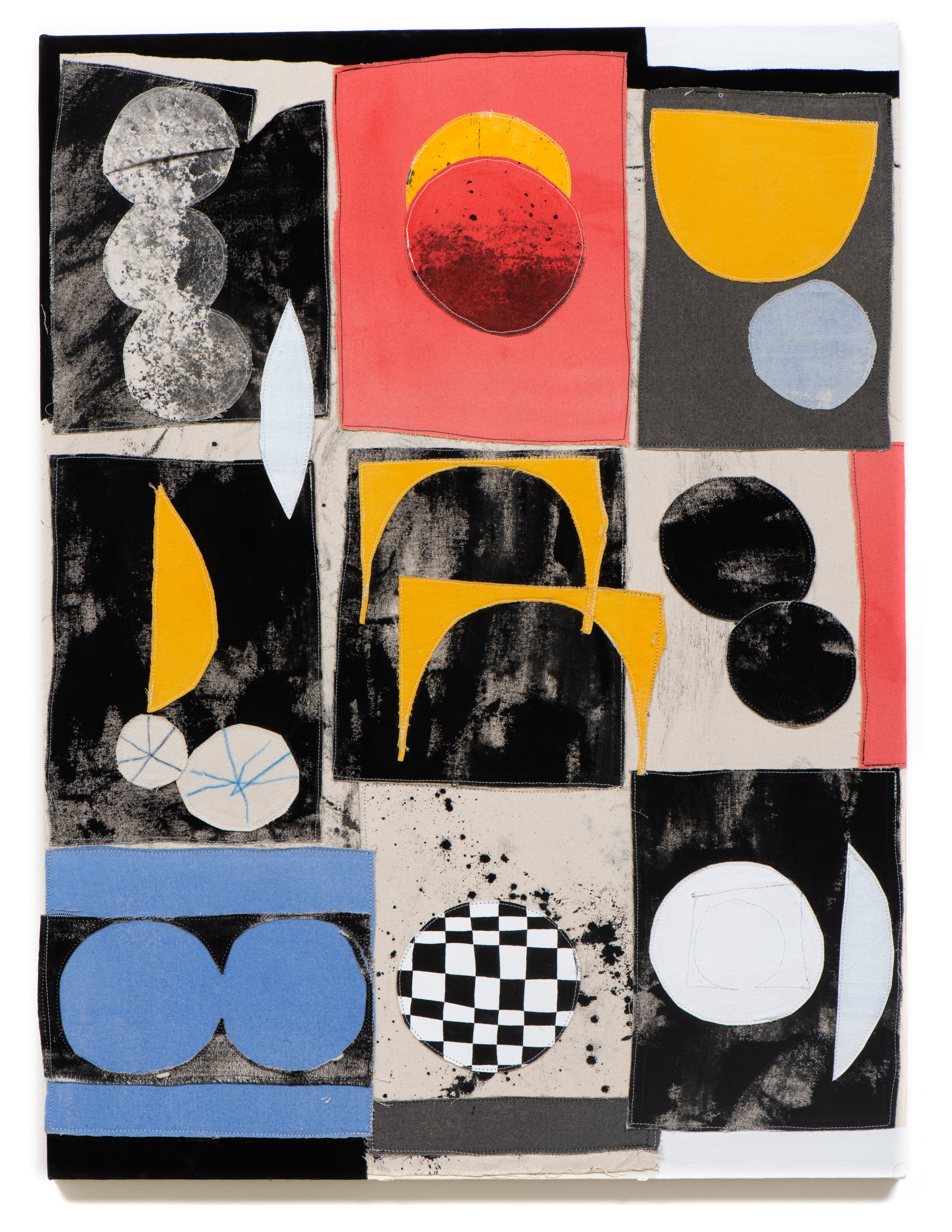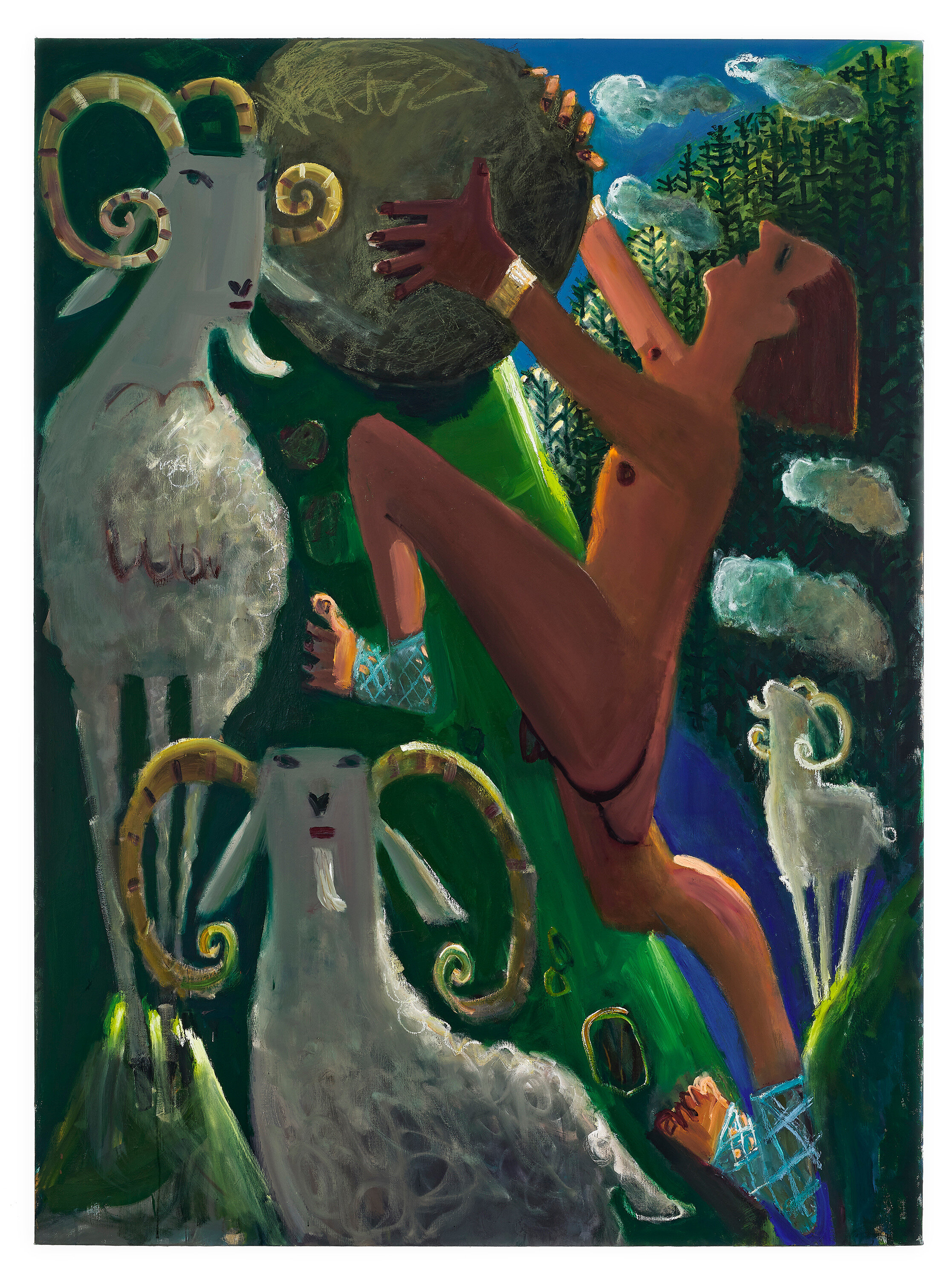The Talking Stone
Yael Ben-Simon
Trenton Doyle Hancock
Robert Feintuch
Christopher Iseri
Aaron Elvis Jupin
Mernet Larsen
Simphiwe Mbunyuza
Eamon Monaghan
Robyn O’Neil
Christopher Richmond
Clayton Schiff
Benjamin Styer
Kyle Staver
Eleanor Swordy
Emma Webster
June 26 - August 1, 2021
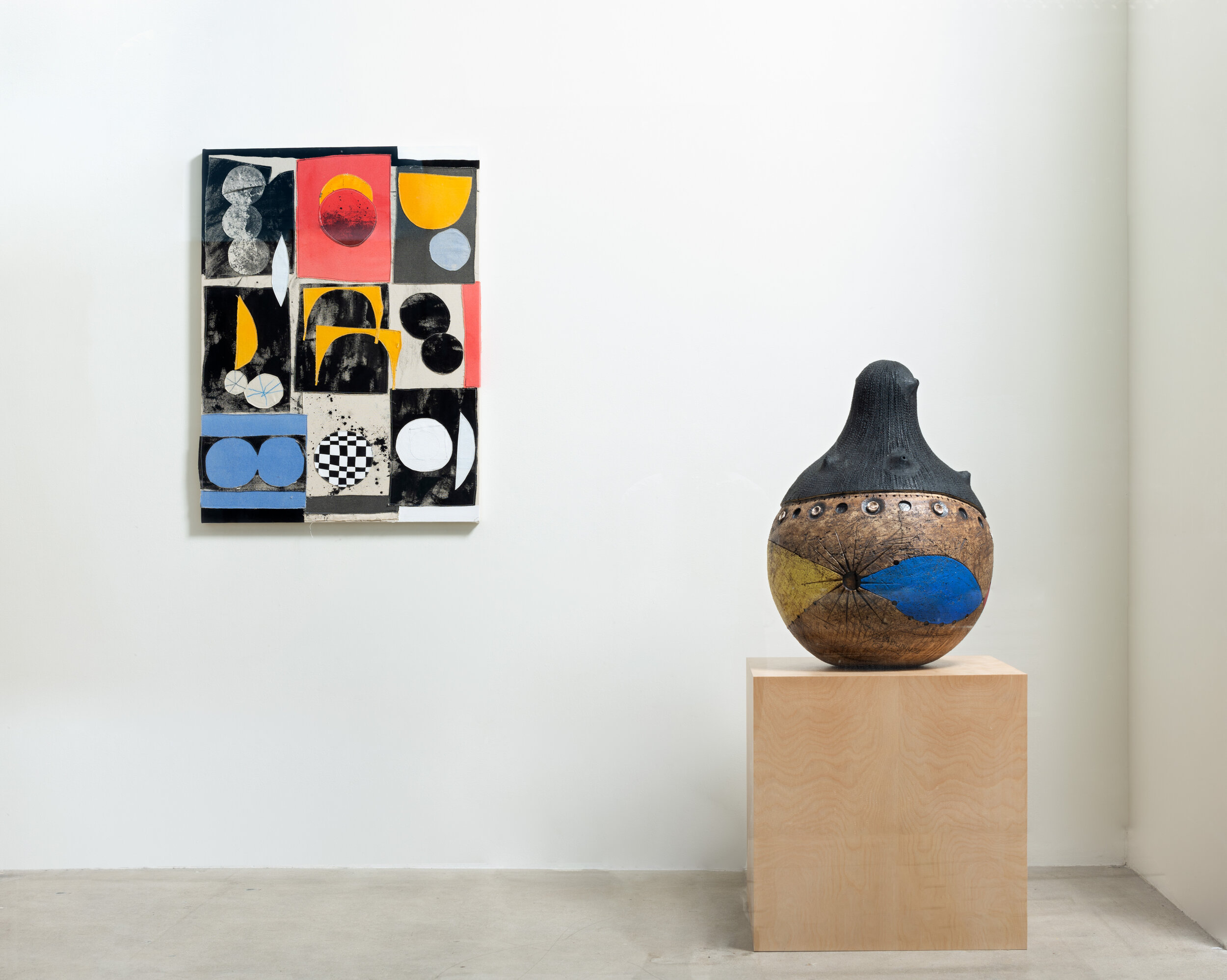

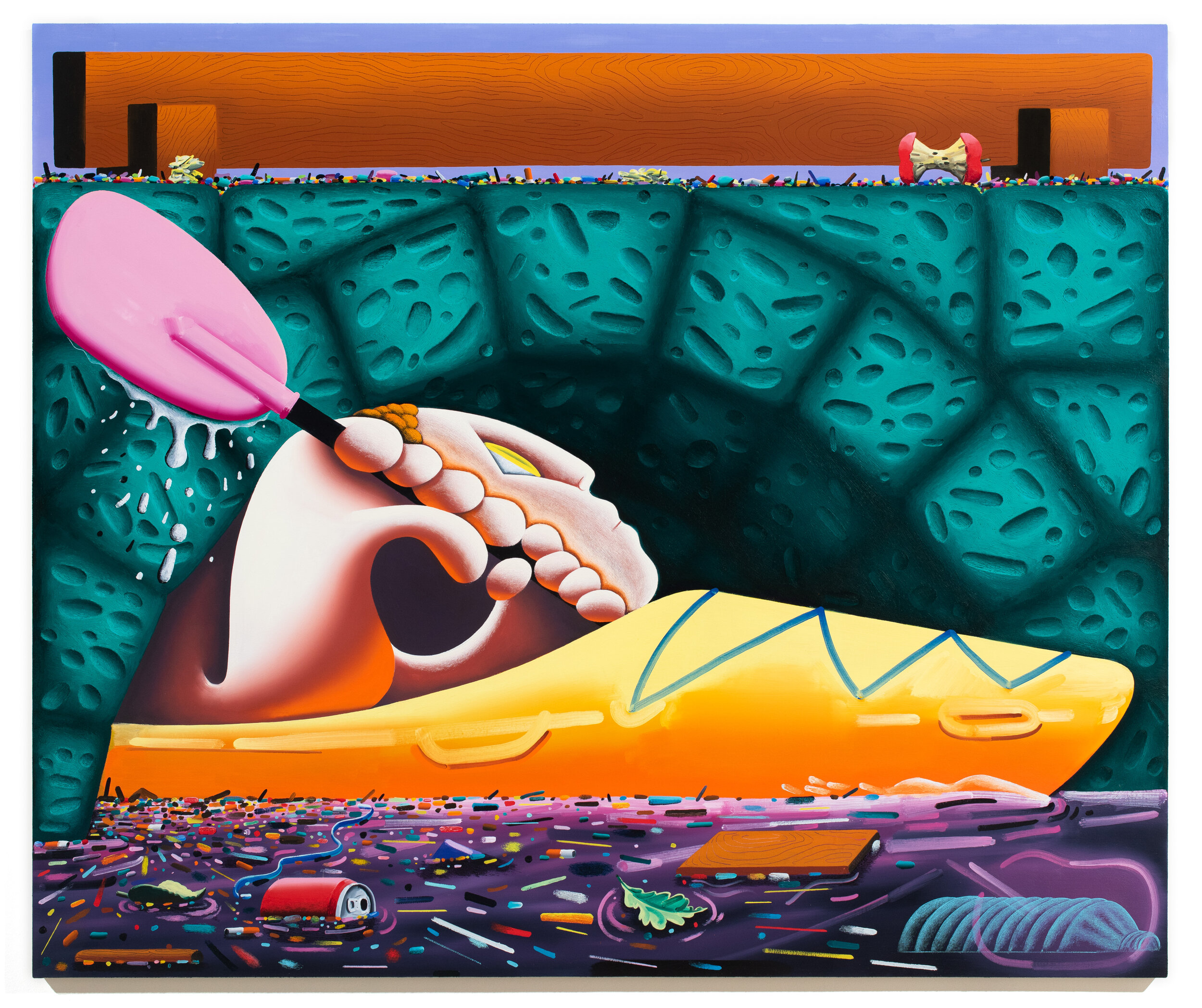
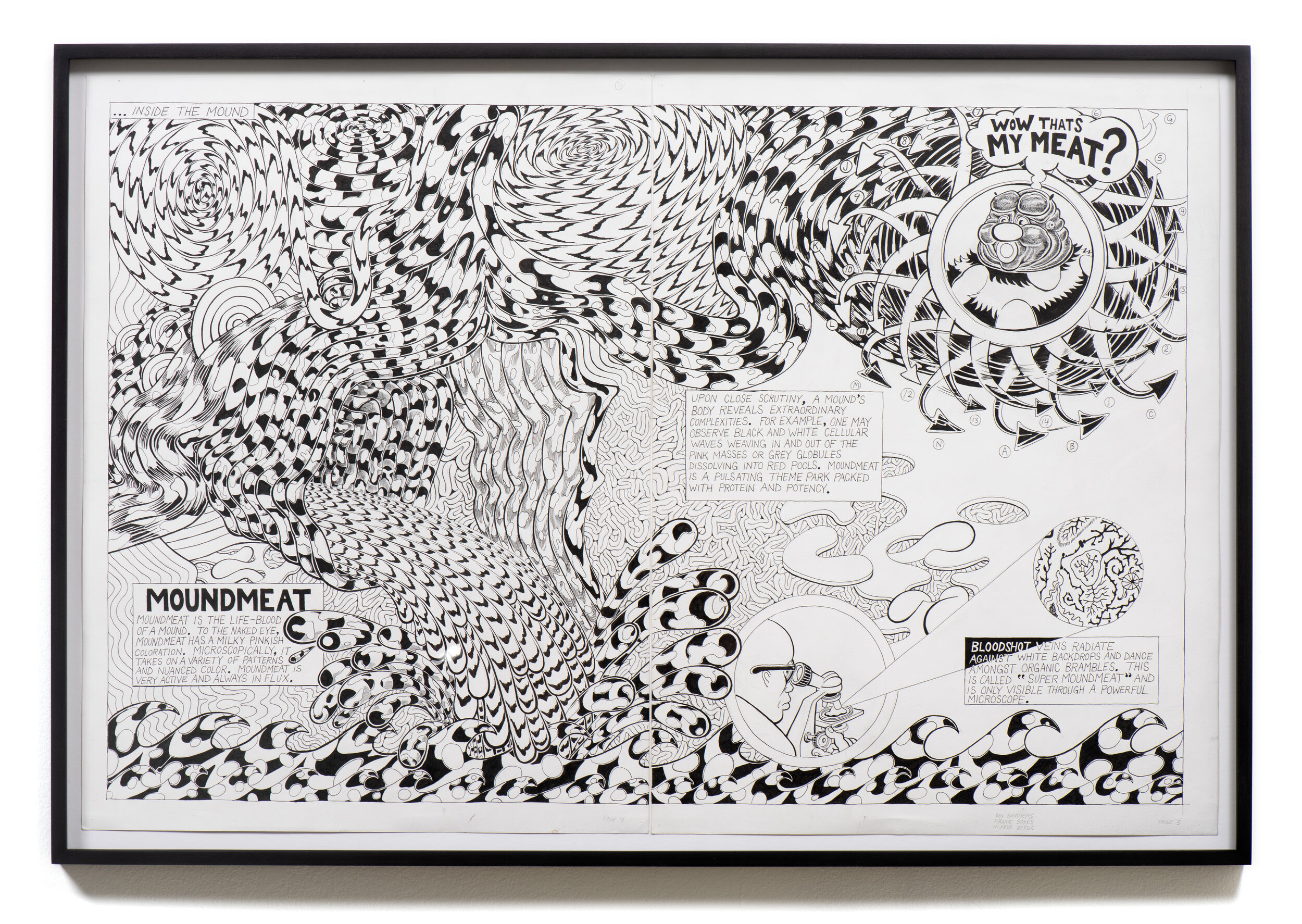






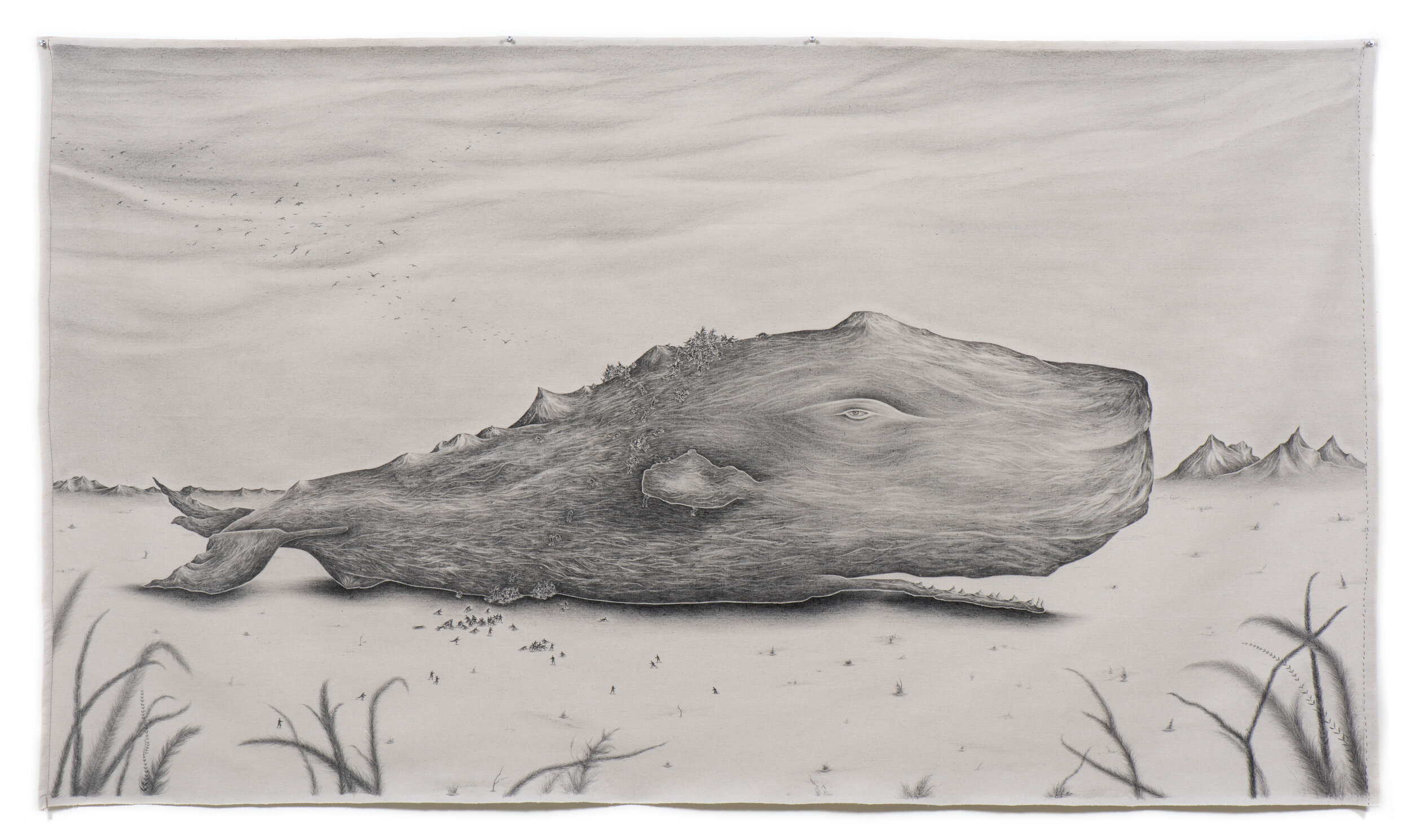






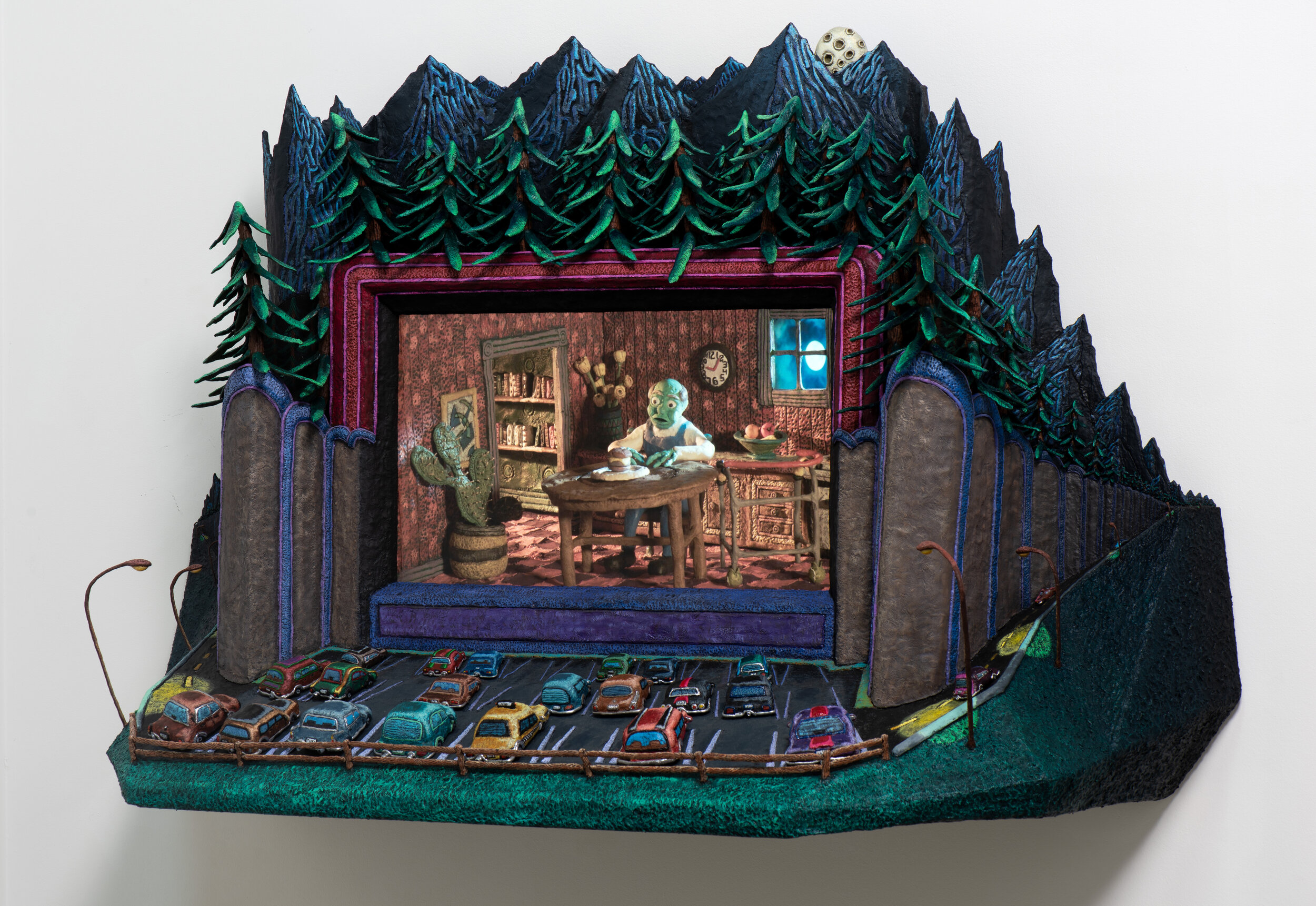


press release
Moskowitz Bayse is pleased to present The Talking Stone, an exhibition with works by Yael Ben-Simon, Trenton Doyle Hancock, Robert Feintuch, Christopher Iseri, Aaron Elvis Jupin, Mernet Larsen, Simphiwe Mbunyuza, Eamon Monaghan, Robyn O’Neil, Christopher Richmond, Clayton Schiff, Benjamin Styer, Kyle Staver, Eleanor Swordy, and Emma Webster. The exhibition will be on view from June 26 - August 1, 2021, and will open with a public reception on Saturday, June 26 from 6-8pm.
In Isaac Asimov’s 1955 short story The Talking Stone, from which the exhibition borrows its title, the reader enters a spaceship upon which the characters are set about investigating silicon-based lifeforms–rather than carbon–recently discovered on an asteroid. This simple conceit, which the author stops far short of exploring to its outer edges, nevertheless alludes to the expansive and wildly divergent worlds the author frequently and freely imagined, often in service to terrestrial moral truisms. His charge to the reader, almost always, is to imagine those outer edges. What becomes of the discovered lifeforms after the story ends? What does it all mean to us?
The Talking Stone gathers together works by artists who explore these outer edges as a mandate, which manifests in an enduring impulse to build worlds–often, to define physical, emotional, and intellectual laws or norms–outside of those we can easily categorize as earthen. Spaces and images are recognizable but somehow other; they are familiar enough to enter and participate, but strange enough to offer a wellspring of questions, commentary, and intrigue. Personal inquiry is widened from within, and internal resolutions are variously upheld and overturned. The works speak in self-written codes cracked only by burrowing ever-deeper and wandering around tunnels that inevitably connect–across the exhibition, and across time.
Like Asimov’s parables, each work principally functions on its own–but individual worlds are only as convincing as their respective constituent moments. Here, images clustered form overlapping galaxies; mirrors and portals to and through one another. Artworks’ glancing references themselves become foundational, while skirmishes with reality suggest great distances from it, and inevitable places within it.
Kyle Staver’s paintings and reliefs, for instance, become a domain in which mythology is subversively redefined by eroded power structures and reconsidered gender dynamics. Eamon Monaghan’s sculpture, animation, and film–often combined together into immersive objects and installations–emphasize the absurd interconnectedness of our urbanized lives, vaunting the weird encounters and freaked-out crossovers between what is real, thought, and felt. Robert Feintuch presents a space in which the dejected male painter as protagonist is both sovereign and fool, ruling over nothing specific, with elegant absurdity. Benjamin Styer pulls from all corners at once, tapping into a multiverse that continually feeds and informs itself, inviting the viewer to poke around as the map continually swirls, melts, and reconstitutes. Simphiwe Mbunyuza conjures ancestral legends, lost family members, and communal rituals to create an expansive sculptural language and pictorial lexicon specific to both his inherited and lived experience. Drastically different, these worlds share an artist-driven exigency to expand and widen–formally, linguistically, spiritually–as if by some force operating alongside the self. Each feels inevitable; less a creation and more a constant–as if these worlds are not conceived, but rather invoked and channeled.
The ability to conjure the dynamics required to articulate a world, work within it to expand its scope, and clarify its expression tasks each artist with power and responsibility: as opposed to reproducing or even reinterpreting the so-called real world, each artist offers new terms. The latitude to define and enact one’s artistic and ethical values through form has become increasingly central to the overarching project of art in our time. Having moved away from any sort of visible collective goal, artists continue an inward turn toward relentless and self-directed redefinitions of what the role of the artist is, and can be, going forward. As the speed of the everyday continues to accelerate, the ability to capture those many worlds adds layers of purpose and necessity. In the out-there alternatives, marginalia, could’ves, and might-just-be’s, the artists here find unfinished blueprints for imagined pasts, glanced presents, and wildly divergent futures.

